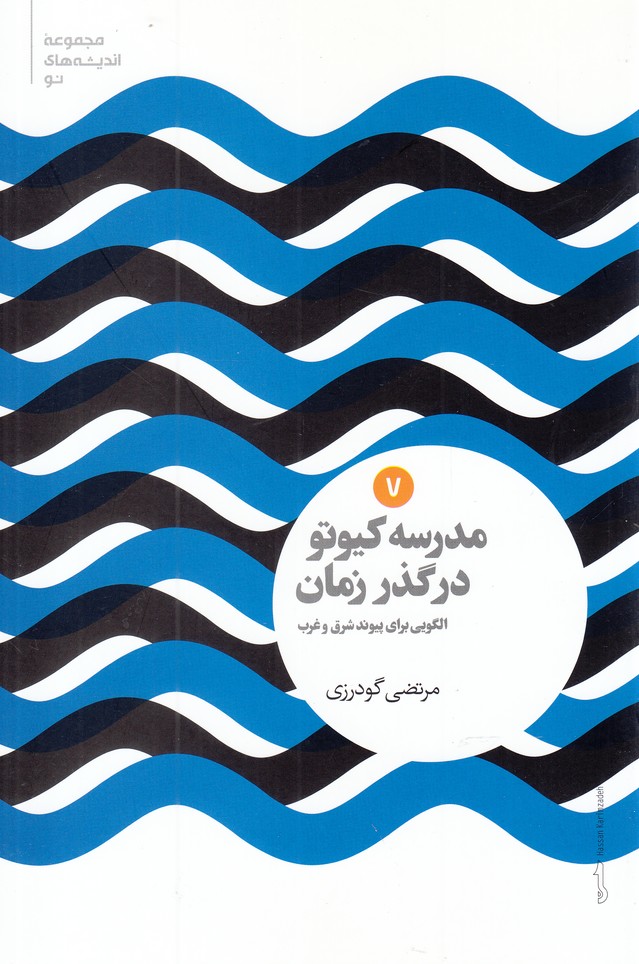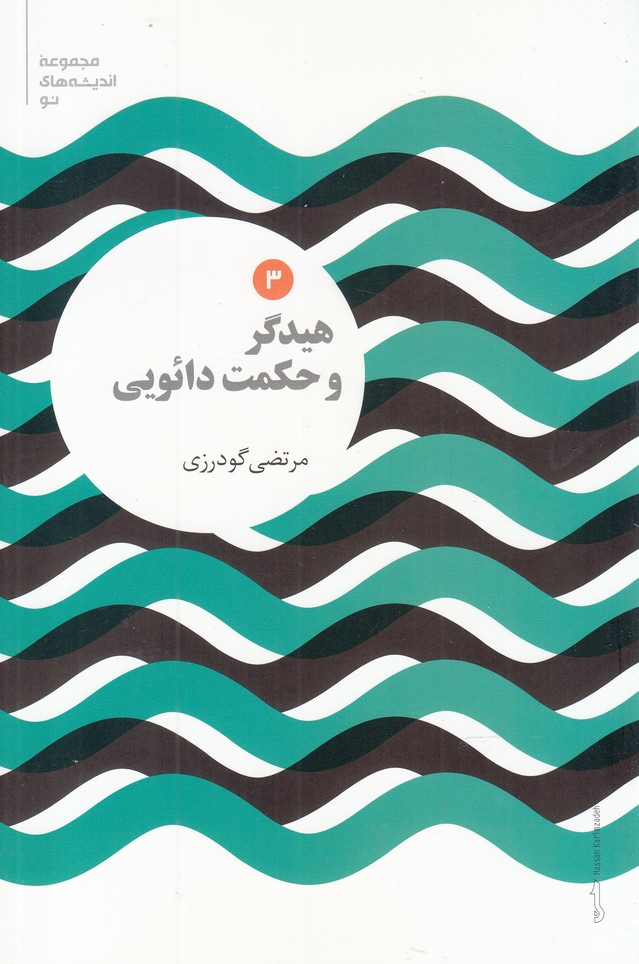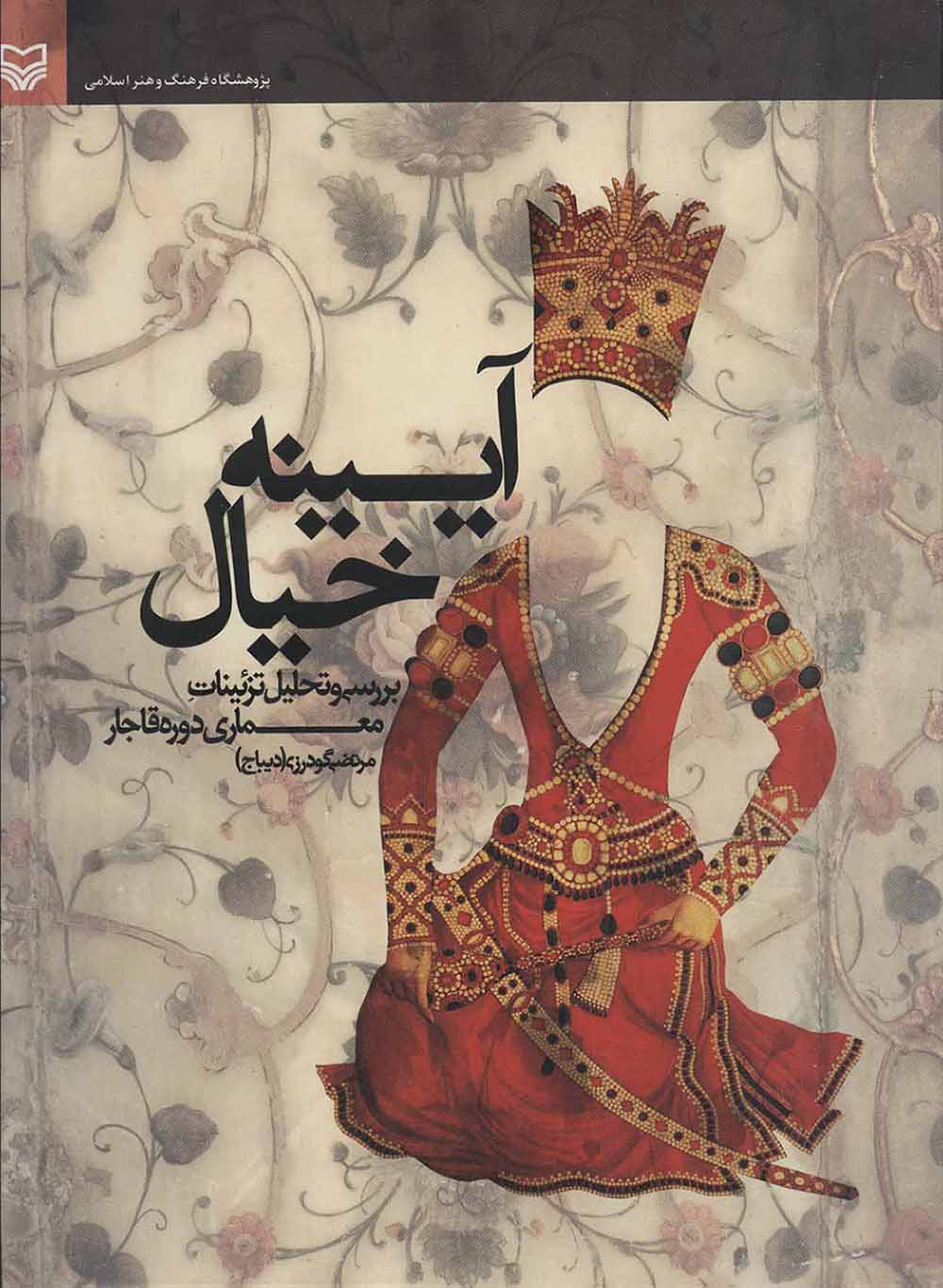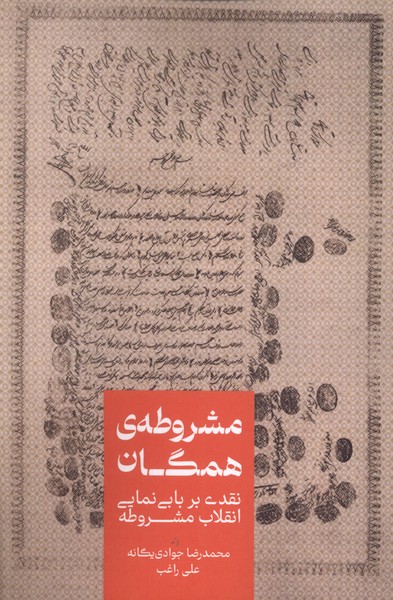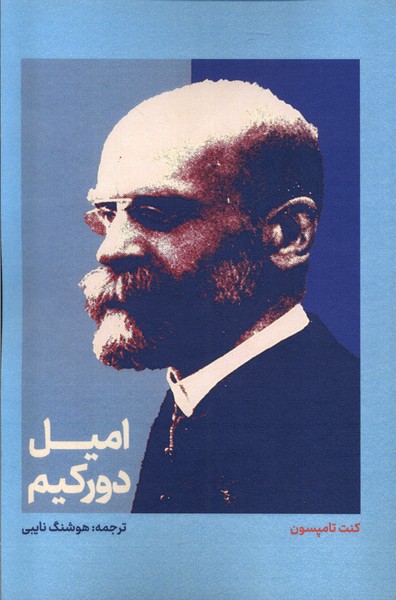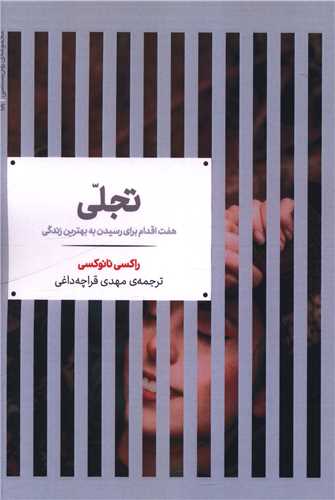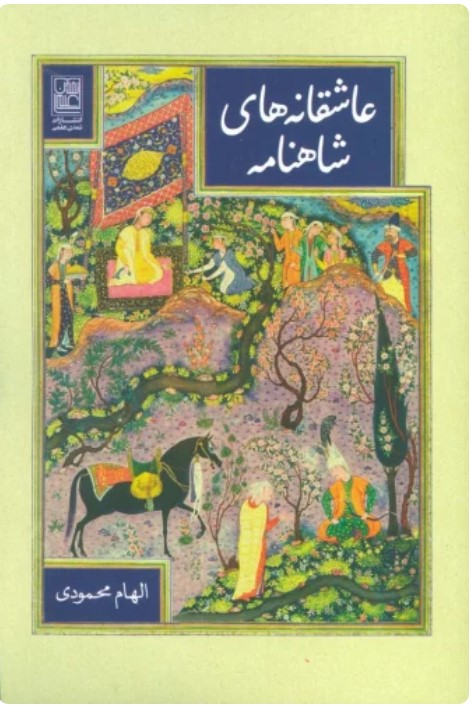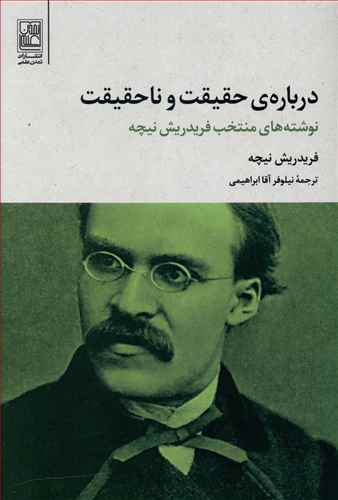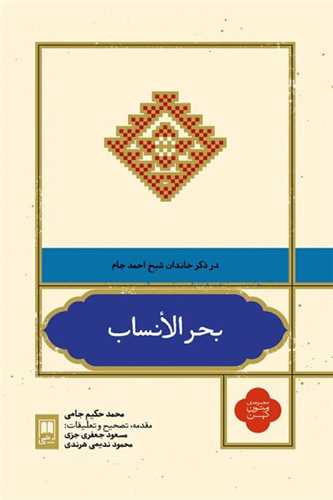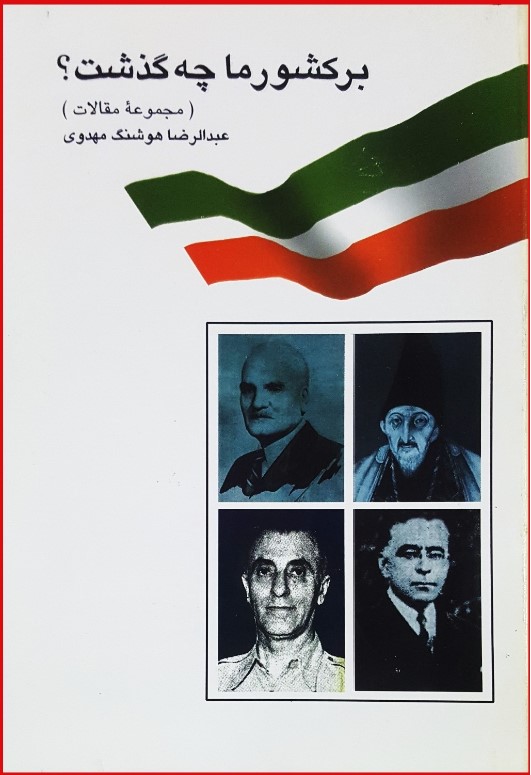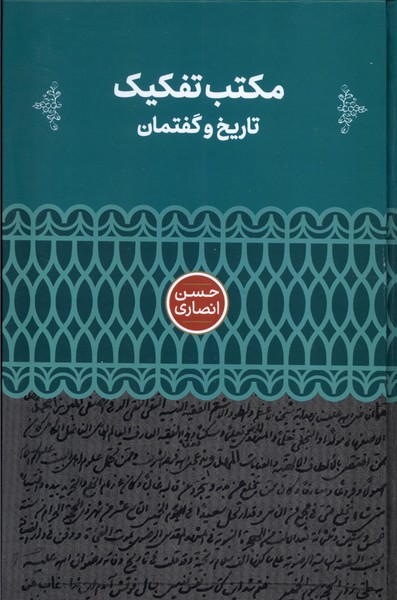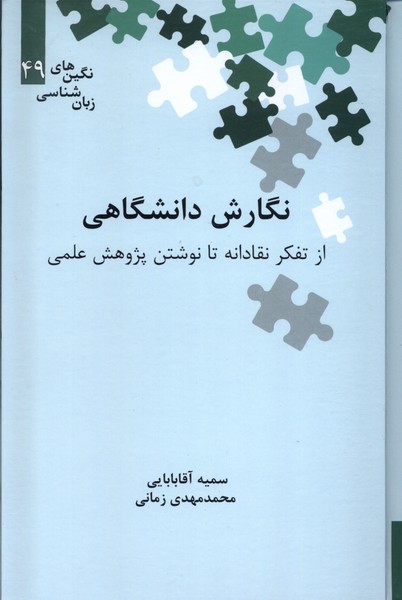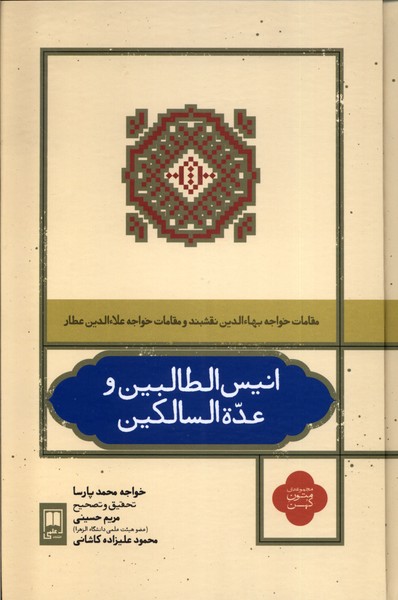Madrasah-yi Kīyutu dar Guẕar-i Zamān: Persiska (Farsi) 1395
مدرسه کیوتو در گذر زمان
15,58 £
Dela
Wishlist
As the most influential school of modern Japanese thought, the Kyoto School set the stage for a distinctly Japanese philosophical discourse by examining the similarities and differences between Western philosophical traditions and East Asian philosophies and religions that had been important in Japanese life since the classical period. The basis of the Kyoto school was not exclusively Western philosophy. Nishida, the founder of this school, considered Eastern thought as a philosophical system with equal importance to its Western counterpart, and by taking advantage of the content of both traditions, he became the architect of a new philosophical system. He was the first different philosopher to appear in the modern era; A thinker who brought the East and the West into confrontation, and combined them in a vast territory that was neither the East nor the West, but included both. The universal philosophizing chair, which was born in the modern era, was the most prominent feature of Kyoto's philosophy. Nishida's new philosophizing method inspired the Kyoto school, which became the most influential Japanese philosophical movement of the 20th century. The main commitment of the members of the Kyoto school was not a cultural expression or even a dialogue between the religions of the world, but their mission was a pure philosophical search for the truth. Although for most Kyoto thinkers, the philosophy of religion was the origin and ultimate goal of their thinking, it was not their only concern, but a wide range of philosophical issues including metaphysics, ontology, epistemology, logic, philosophical anthropology, philosophy of history, and philosophy of culture. , ethics, political theory, and philosophy of art have been of interest to them.
more
مدرسه کیوتو، به عنوان موثرترین مکتب فکری مدرن ژاپن، با بررسی شباهت ها و تفاوت ها بین سنت های فلسفی غربی و فلسفه ها و مذاهب آسیای شرقی که از دوره کلاسیک در زندگی ژاپنی مهم بودند، صحنه را برای یک گفتمان فلسفی مشخصا ژاپنی فراهم کرد. دستمایه مکتب کیوتو، فلسفه منحصرا غربی نبود. نیشیدا بنیان گذار این مکتب، تفکر شرقی را به مثابه نظامی فلسفی با اهمیت برابر با همتای غربی اش تلقی می کرد و با بهره گیری از محتوای هر دو سنت، معمار نظام فلسفی نوینی شد. وی نخستین فیلسوف متفاوتی بود که در عصر مدرن ظاهر می شد؛ متفکری که شرق و غرب را به مواجهه کشاند، آن ها را در قلمروی فراخ که نه شرق بود و نه غرب، اما هر دو را در بر می گرفت، درهم آمیخت. کرسی فلسفه پردازی عالم گیر، که زاده عصر مدرن بود برجسته ترین ویژگی فلسفه کیوتو بود. روش فلسفیدن نوین نیشیدا، الهام بخش مکتب کیوتو شد که پرنفوذترین جنبش فلسفی ژاپن قرن بیستم گردید. تعهد اصلی اصحاب مدرسه کیوتو خود ابرازگری فرهنگی و یا حتی گفت و گوی میان ادیان جهان نبوده، بلکه رسالت آن ها جستار ناب فلسفی برای حصول حقیقت بوده است. هر چند برای بیشتر متفکران کیوتو، فلسفه دین، اصل و فرجام نهایی تفکرشان بوده، اما تنها دغدغه آن ها نبوده است بلکه مجموعه وسیعی از مسائل فلسفی از جمله متافیزیک، انتولوژی، معرفت شناسی، منطق، انسان شناسی فلسفی، فلسفه تاریخ، فلسفه فرهنگ، اخلاق، نظریه سیاسی و فلسفه هنر مورد توجه آن ها بوده است.
more

